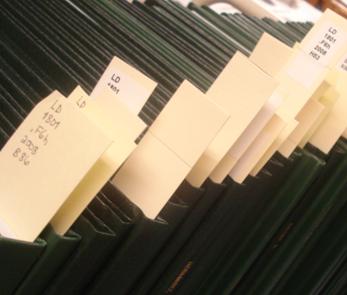
USF St. Petersburg campus Master's Theses (Graduate)
First Advisor
Henry Alegria, Ph.D.
Second Advisor
Manoj K. Ram, Ph.D.
Third Advisor
Kathy Carvalho-Knighton, Ph.D.
Fourth Advisor
Madhu Pandey, Ph.D.
Publisher
University of South Florida St. Petersburg
ISSN
2572-4339
Document Type
Thesis
Publication Date
2015
Date Issued
October 21, 2015
Abstract
Over the years, the use of TiO2 in photocatalytic water treatment technologies has been well documented, along with various efforts to enhance its photoresponse to include visible light absorption. For this study, a nanocomposite of TiO2 and graphene was used to enhance the photocatalytic inactivation of the indicator bacteria, E.coli. Factors affecting the treatment such as light intensity, temperature, G-TiO2 concentration, and water composition were examined. Experiments were conducted using 100 ml of ultrapure water inoculated with initial E.coli concentrations of 1.0 x 104 – 1.0 x 105 CFU/ml, and exposed to various intensities of visible light for 120 minutes. Results showed that using 0.020±0.001 grams G-TiO2 in combination with the light source effectively inactivated the E.coli in the water samples within the 120-minute treatment time. In addition, results indicated that bacteria regrowth from the treated water do not occur at least three days after treatment.
Creative Commons License

This work is licensed under a Creative Commons Attribution-Noncommercial-No Derivative Works 4.0 License.
Recommended Citation
Anderson, Hazel Decina, "Enhanced Photocatalytic Inactivation of E. coli in Water Using Nanocomposite Graphene-Titanium dioxide" (2015). USF St. Petersburg campus Master's Theses (Graduate).
https://digitalcommons.usf.edu/masterstheses/181


Comments
A thesis submitted in partial fulfillment of the requirements for the degree of Master of Science, Department of Environmental Science and Policy College of Arts and Sciences University of South Florida Saint Petersburg.